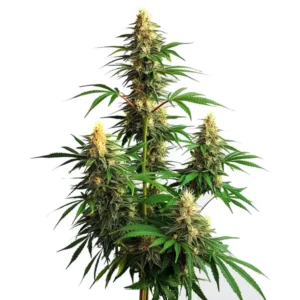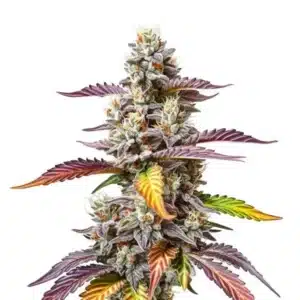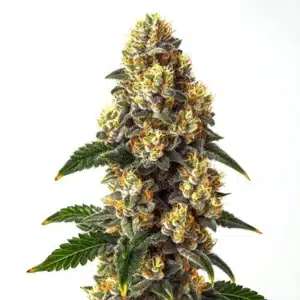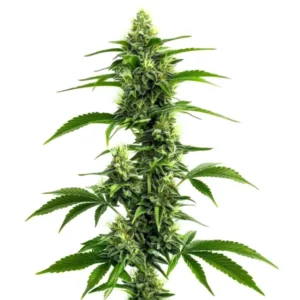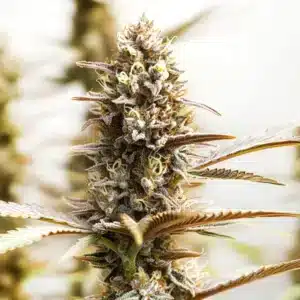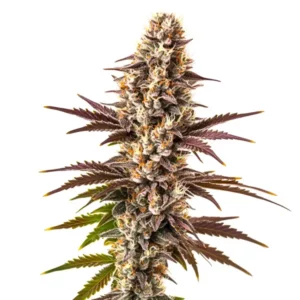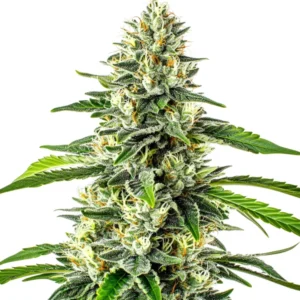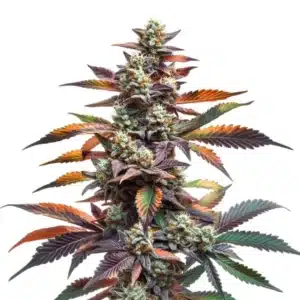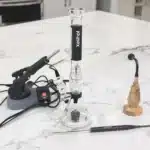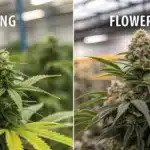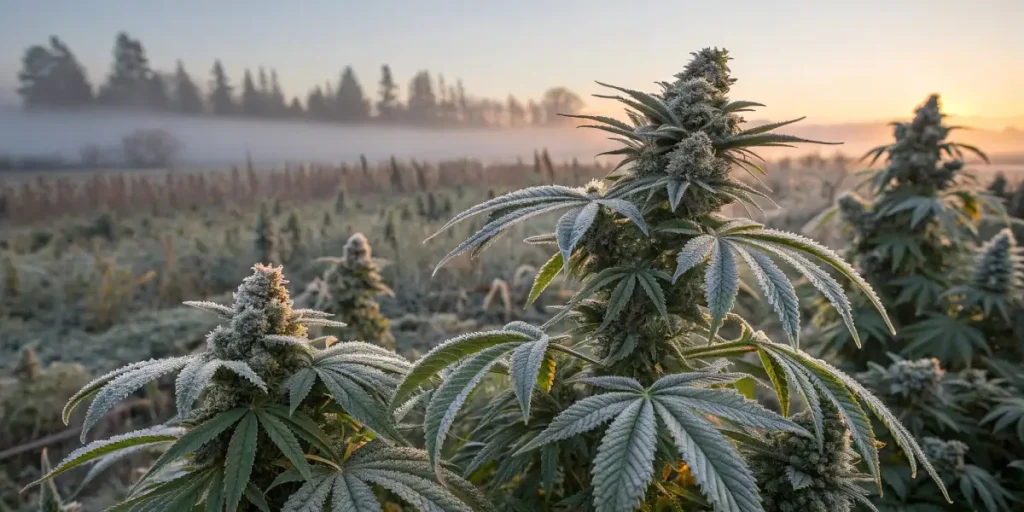
The Autumn Battle: A Grower’s Guide to Cold, Wet Flowering
Alright, let’s talk about the most nerve-wracking part of any outdoor grow: the final few weeks. You’ve spent months nurturing this beautiful, giant plant. It’s loaded with dense, sticky buds, and you are so close to the finish line… but the weather is turning. The nights are getting cold, and the mornings are damp.
This is the final battle. Winning it requires a special set of skills.
Recommended Strains
Alien Rock Candy F1
|
|
THC | 22% - 24% (Medium) |
|
|
Type | Feminized F1 |
|
|
Yield | High |
|
|
Phenotype | 50% Indica / 50% Sativa |
Amnesia Haze Auto
|
|
THC | 16% - 17% (Medium) |
|
|
Type | Autoflowering |
|
|
Yield | Low |
|
|
Phenotype | 25% Indica / 75% Sativa |
The Real Enemy: It’s Not the Cold, It’s the WET
First, let’s get one thing straight. The cold itself isn’t the primary killer. In fact, those cooler nighttime temperatures are what trigger many strains to produce those stunning purple, blue, and reddish colors. It’s the plant’s natural defense mechanism against the cold, and it’s a beautiful sight.
The real, number-one, harvest-destroying enemy is the moisture that the cold brings.
It’s that morning dew and fog. When your dense, fat buds get soaked by that cold, damp air, and then the sun can’t reach them to dry them out, you have created the perfect, dark, damp incubator for the absolute worst-case scenario: bud rot (botrytis).
The Indoor vs. Outdoor Problem
Indoors, we manage this by keeping the temperature difference between “day” (lights on) and “night” (lights off) within a stable 7-10 degree window. Outdoors, we don’t have that luxury. The temperature can plummet 20 or 30 degrees, and the air can go from dry to soaking wet in a few hours.
Promos & Deals
Your Battle Plan: Airflow is Everything
So, how do we fight an airborne, invisible enemy like moisture? We fight it with airflow. You must create an environment where that damp, stagnant morning air simply cannot settle on your buds.
- Give Them Space: This is critical. When you’re growing in a humid or damp climate, you cannot crowd your plants. You need at least 1.5 to 2 meters (5-6 feet) of space between each plant. This allows the wind to blow through your garden, not just around it.
- Aggressive Pruning: This is the time to be a ruthless surgeon. You must remove the large fan leaves and any lower, leafy foliage that is blocking airflow to the main colas. You need to create clear, open channels so that a breeze can reach the center of the plant and dry those buds off every single morning.
- The Shake-Down: If you’ve had a particularly heavy dew or a night of rain, you need to get out there at first light. Put on some clean gloves and gently shake each main branch. You’d be amazed how much trapped water will fly off. This simple, 5-minute act can be the difference between a clean harvest and a moldy disaster.
Your job in these final weeks is to be a guardian against the wet. Nurture your plants through these last, hard days, and your Homegrown harvest will be a clean, potent, and beautiful reward for a season of hard work.
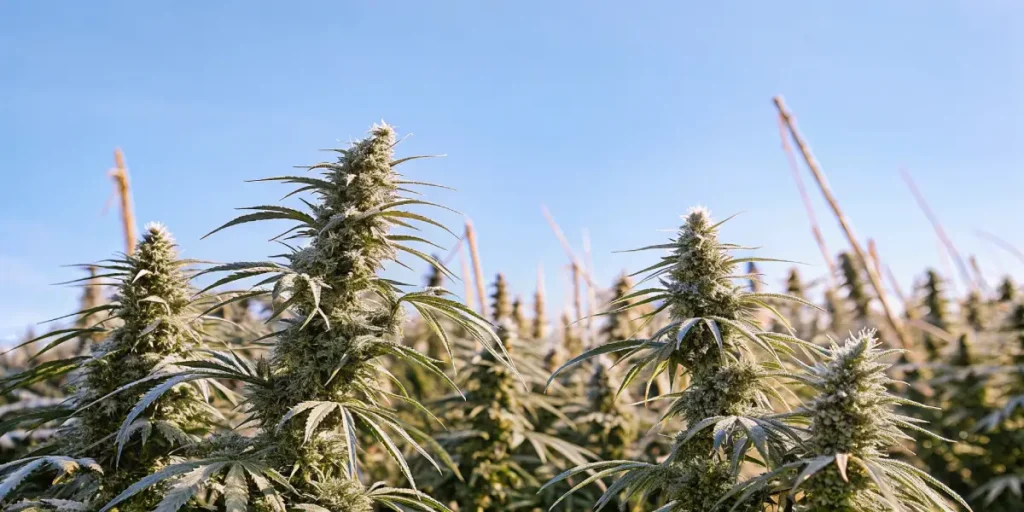
Frequently Asked Questions
What is the biggest danger to my outdoor plants during a cold, wet fall?
The biggest danger is not the cold itself; it’s the moisture that comes with it. That cold morning dew, fog, and rain that settles on your dense buds creates the perfect breeding ground for bud rot (botrytis), which can destroy your entire harvest from the inside out.
Is it true that cold weather can make my cannabis plants turn purple?
Yes, absolutely. For many genetically-predisposed strains, the cold nighttime temperatures at the end of the flowering season will trigger a natural defense mechanism, causing the plant to produce beautiful, dark pigments like purples, blues, and reds in its leaves and buds.
How can I protect my plants from morning dew and fog?
Airflow is your only weapon. First, make sure your plants are spaced far apart (at least 1.5-2 meters) so the wind can move between them. Second, prune away many of the large fan leaves to open up the plant’s structure and allow that air to dry the buds. And third, if you have a heavy dew, gently shake your branches in the morning to knock the water off.
My indoor grow room gets cold when the lights are off. Is that a problem?
It can be. You want to avoid huge temperature swings. Try to keep the temperature difference between your “day” (lights on), and “night” (lights off) to no more than 7-10°C (about 15-18°F). A massive drop in temperature can stress the plant and, more importantly, cause the humidity to spike, which invites mold.



